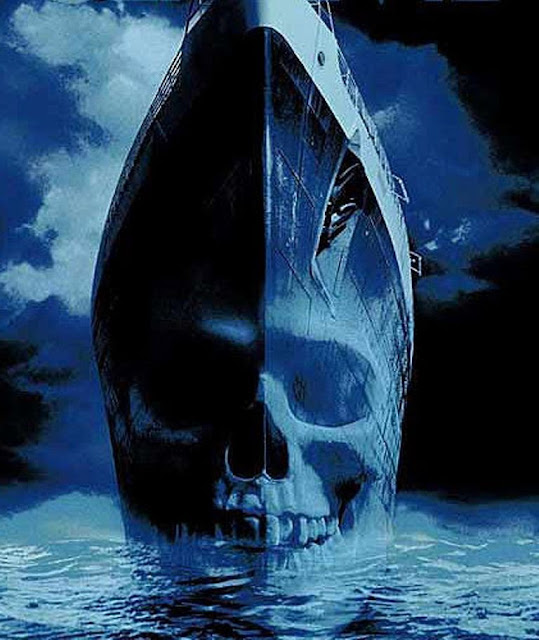Journal of Dracula Studies 3 (2001)
[Katie
Harse is a doctoral student at the University of Indiana. Her work has appeared
in Dracula: The Shade and the Shadow and the Journal of the Fantastic in the
Arts.]
Walter Kendrick claims that “it is ... down
among the rip-offs, that culture decides what to let live and what to embalm”
(104). Indeed, just what is repeated, and what altered, from text to text, from
source to adaptation, is often ideologically significant. Consequently, I
propose to examine J R Planché’s 1820
melodrama, The Vampire, or The Bride of the Isles, in the context of
John William Polidori’s “The Vampyre” on which the play is based.
In
an analysis using the same strategy, Ronald E McFarland, one of the few critics
to discuss Planché’s adaptation, writes that Polidori’s tale consists more in
“promising hints” than in “a vivid setting or ... a conventional Gothic
atmosphere” (24). McFarland figures the ambiguities in Polidori’s text
variously as “example[s] of his amateur status as a writer of fiction” (22),
lack of credibility in his characters (24), “problems of motivation” (26), and
“obscurity” (28). Noting that the melodrama “avoid[s] ambiguity or ambivalence
at all costs” (25), he suggests that Planché’s play, like its French
predecessors by Pierre Carmouche, Achille Jouffrey, and Charles Nodier,
essentially fills in the gaps in Polidori’s tale, resulting in what McFarland
implies is a clearer, more aesthetically sound, version of the story.
Jeffrey
N Cox’s remarks on melodrama’s
“domestication” of the stage, which Cox sees as “a cultural reaction
against the extremism and radicalism of the Gothic” (71), also apply to the
relationship between Planché’s play and Polidori’s tale. While the latter
contains elements of the domestic both in its view of “those who threaten order
as monsters” (70) and in the “realism” which McFarland notes (24), it is much
less sure of this social order, and much less optimistic about its eventual
triumph over the forces of evil than is the stage adaptation. While discussing
the rise of the domestic melodrama over the Gothic, Cox notes the tendency of
“dramatic and theatrical histories” to view this as “an aesthetic matter”
rather than a moral one (70). I would
suggest that McFarland, and other critics who see the ambiguities in Polidori
as stylistic flaws, are, in fact, disguising a culturally-ingrained unease
regarding ambiguity. Thus, I am less interested in judging Planché’s version
for its fidelity, or lack thereof, than in using the changes the playwright has
made, in the context of Cox’s statement, to reveal just how subversive
Polidori’s little-analyzed text is.
The
first significant change occurs in Planché’s opening scene, in which the
spirits of earth and air reveal Ruthven’s vampirism to the audience (15-16). By
contrast, the Polidori text requires the reader to learn of the vampire’s
nature gradually, as Aubrey, the human protagonist, does. Polidori immediately establishes Ruthven as a
stranger to London society (108), and as morally questionable (112), but not as
a vampire; the very question of vampirism is literally unthinkable until Aubrey
travels to Greece where the tradition is common knowledge. The play, then,
demystifies the vampire for the audience, if not for the other characters, by
preceding the action with an explanation of Ruthven’s nature and the possible
manner of his demise: “total annihilation” if he does not, before the moon is
full (16), “wed some fair and virtuous maiden” and afterwards drink her blood
(15).



















